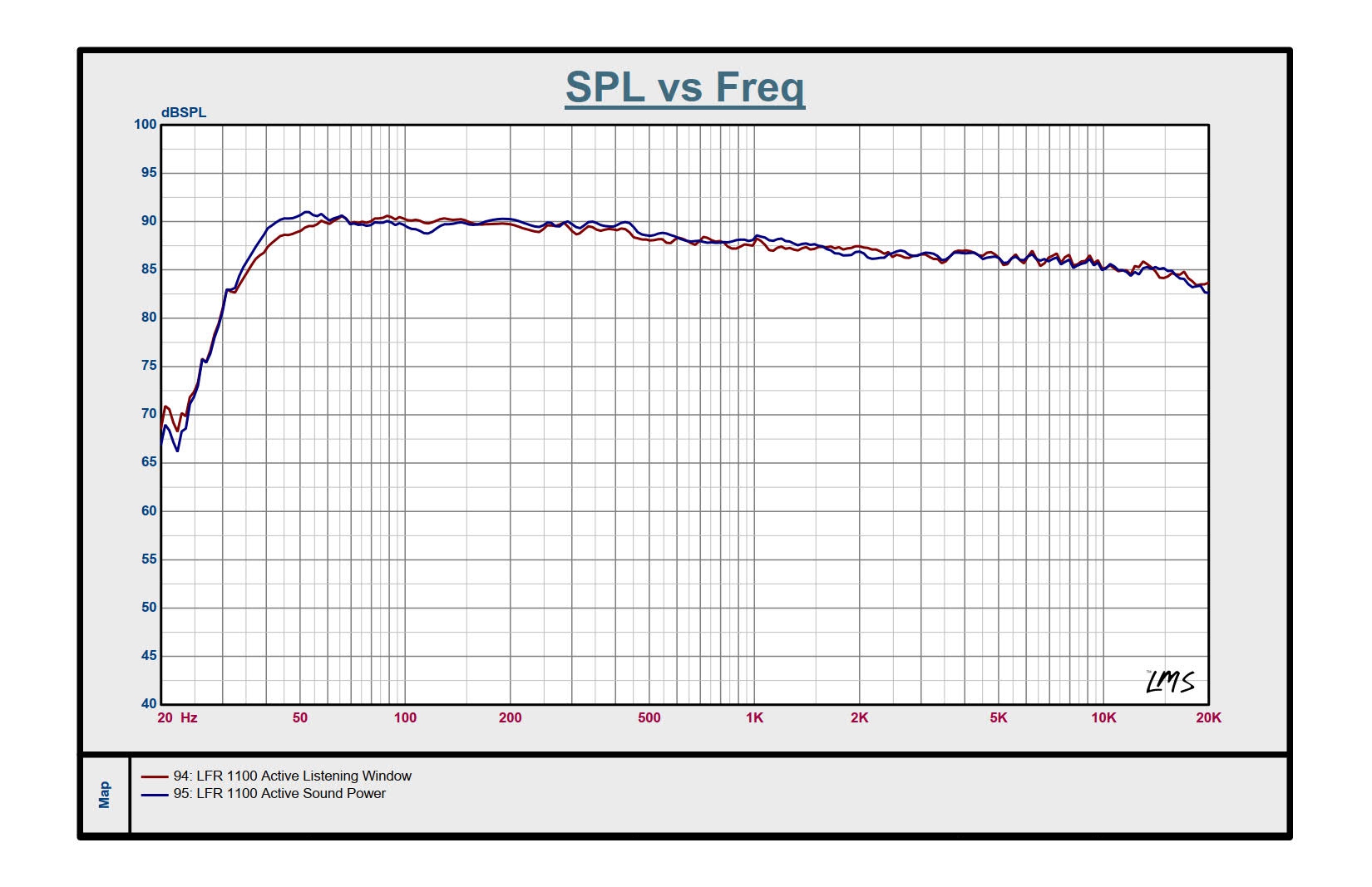
All is going AWESOME!
The best way to look at it would be the quality of the Sound Power curve. Whether it is Active, Passive, or omnidirectional will only matter in so far as it can aid in making a better Sound Power curve. The Directivity Index is essentially the inverse of the Sound Power so a good Sound Power means a good Directivity Index too. Unfortunately, Sound Power data is very difficult to get on loudspeakers as it is generally never measured, likely because you require an anechoic chamber to measure it and it is a lengthy process to measure and calculate. In the design process getting a linear on-axis and Listening Window is pretty straightforward. But getting a nice Sound Power as well is a lot of work.
So, I'm still trying to get my head around this chart, Di, and widening the sweet spot
First, let’s figure out what Di really means … because my understanding and my intuition don’t seem to align.
If I understand it correctly the directivity index is the difference between these two curves (I think Di actually uses the on-axis response as the reference instead of the window but the window works). As they approach each other this index gets smaller … and at zero I think you supposedly have a perfect omni-directional speaker. Intuitively, I find that hard to to believe … the LFR is a perfect example … as a dipole, even if you could control all the drives perfectly, you are radiating along a single axis. As one approaches 90 degrees off axis you’re gonna loose the highs as they are more directional. Now you can make that up in the sound power curve by cranking the rear firing highs so they average out the sound power curve but that’s not going to make your speaker omni-directional …
Now my next question … the sweet spot ...
I sort of understand if one ignores the delay coming off the rear and side walls the rear levels will boost the missing frequencies. I can also see that the way pressures add works for you to fill in evenly. I'm kind of guessing that getting the rear firing speaker to put in the energy to fill in the spectrum as if it were omni directional may give you the frequency intensities you need to correctly fill the missing info to widen the sweet spot. But what about the delay
P.S.
I'm assuming, guessing, the sound power curve in the plot is sound power converted to dbSPL at the listening windows mic distance.



